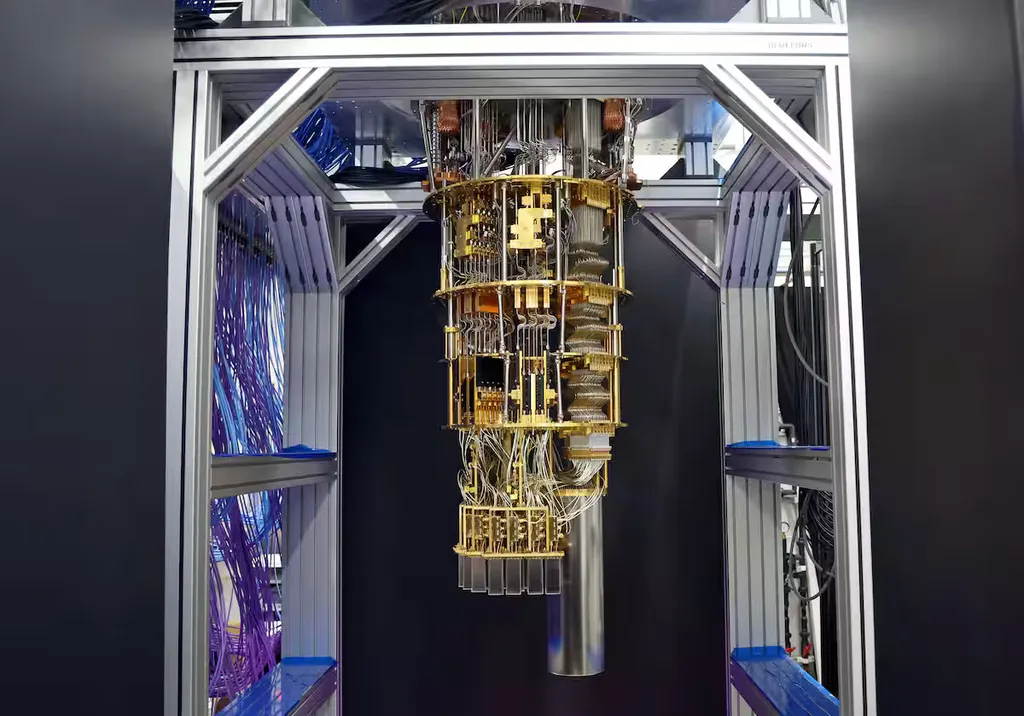In the rapidly evolving world of quantum computing, a groundbreaking study published in the IEEE Transactions on Quantum Engineering, the English translation of which is “Quantum Engineering Transactions,” is set to revolutionize how quantum circuits are designed. The research, led by Ankit Kulshrestha from Fujitsu Research of America in Santa Clara, CA, introduces a novel approach to automating the design of quantum circuits, drawing inspiration from neural architecture search (NAS) algorithms.
Quantum computing holds immense potential for the energy sector, promising to optimize complex systems, enhance predictive maintenance, and accelerate material discovery for more efficient energy solutions. However, the design of quantum circuits has traditionally been a manual and labor-intensive process, reliant on the expertise of quantum algorithm designers. This approach, while effective for simpler tasks, is not scalable for more complex quantum algorithms that the energy sector might require in the future.
Kulshrestha and his team have proposed two quantum-NAS algorithms aimed at automating this process. “Our goal was to alleviate the manual effort involved in quantum circuit design while ensuring that the resulting circuits are performant for any given task,” Kulshrestha explained. The researchers chose quantum data compression as their driver task, demonstrating the effectiveness of their algorithms by designing efficient autoencoder circuits that outperformed baselines on three different tasks: quantum data denoising, classical data compression, and pure quantum data compression.
The implications of this research are profound for the energy sector. By automating the design of quantum circuits, energy companies could more quickly and efficiently develop quantum algorithms tailored to their specific needs. This could lead to significant advancements in areas such as grid optimization, renewable energy integration, and nuclear fusion research.
Moreover, the use of evolutionary algorithms (EA) and reinforcement learning (RL) in the quantum-NAS algorithms opens up new avenues for exploration. These algorithms could potentially be used to optimize other aspects of quantum computing, further accelerating progress in the field.
As Kulshrestha noted, “This is just the beginning. Our work demonstrates the potential of quantum-NAS algorithms, but there’s still much to explore. We believe that this approach could significantly shape the future of quantum computing, making it more accessible and powerful for industries like energy.”
The study, published in the IEEE Transactions on Quantum Engineering, marks a significant step forward in the quest to harness the full potential of quantum computing. As the energy sector continues to evolve, the automation of quantum circuit design could prove to be a game-changer, driving innovation and efficiency in ways previously thought impossible.

